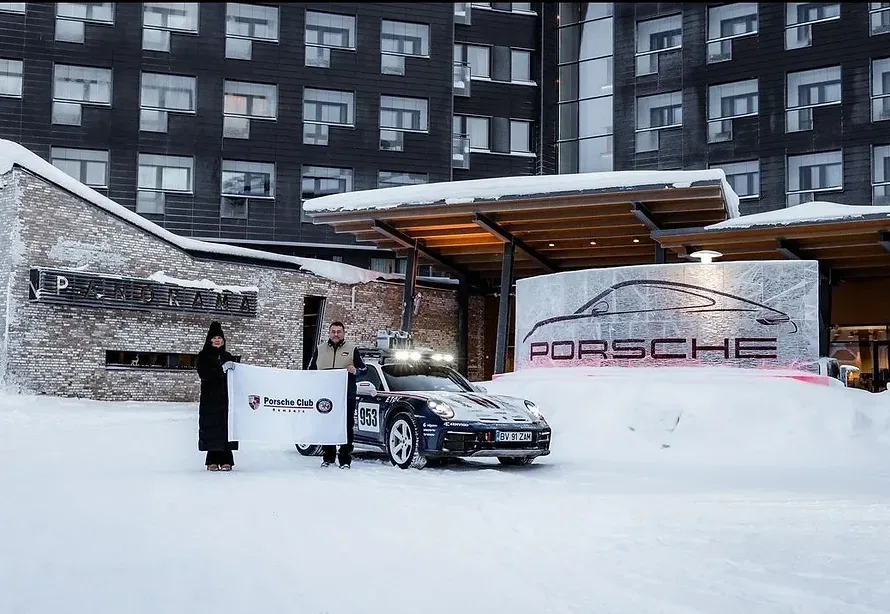Following our partnership with the Romanian Motorsport Federation, we will be highlighting important aspects of driving vehicles correctly and safely. As promoters of this goal, we aim for our articles to positively influence the attitudes and behaviors of drivers when it comes to the diligence they apply in planning their next journey.
In our articles, we will make recommendations for the expeditions we organize both domestically and abroad, whether with street or off-road vehicles, or with vehicles such as campervans.
When it comes to preparing for an experience like a trip to the adventurous and fascinating Namibia, we will start with the chapter on Risk Management.
What do we think about when it comes to risk, and how exactly do we manage it?
Since this is a remote journey, we consider all factors that could jeopardize the trip, such as: lack of documents, using inappropriate equipment, weather conditions, and your physical and mental state. Therefore, when we set out, we take the following steps into account:
Preparing the necessary documents: a passport with at least 6 months of validity, a valid driver’s license + an international driving permit issued by the ACR (Romanian Automobile Club) (valid for 1 year), medical insurance, a credit card for the security deposit when renting a vehicle, a round-trip plane ticket, and supporting documents regarding the purpose and duration of the trip.
Packing your travel luggage: hiking boots, sneakers, slippers (preferably with plastic/rubber soles), a down/rain jacket with a hood, a beanie, hiking pants, shorts, t-shirts, a long-sleeved shirt, a swimsuit, socks, and underwear.
Equipment and accessories: a pen (necessary for filling out visa forms upon arrival at the airport), a flashlight (preferably a headlamp), a sun cap or hat, sunglasses, sunscreen with SPF, binoculars, a camera or phone, mosquito repellent spray, a plug adapter, and cash in Euros or US Dollars (we exchange it at a currency exchange upon arrival at the airport).
If we need to bring certain quantities of medication, we make sure to contact the Namibian authorities to inquire about the types and quantities of medications allowed into the country.
We follow the same steps when we are about to take a journey by car, by managing potential risks as best as possible. Specifically: when preparing the vehicle, we always consider the weather conditions (ensuring the tires are appropriate for the season), and then we make sure the vehicle is technically sound: brakes, lights, fluids, etc. At the same time, our physical and mental state must be optimal (if our health could affect our driving: fainting spells, vision problems, sleep disorders, limb fractures, etc., it is better to postpone the trip or find someone to drive/replace us).
Thus, by identifying potential risks, we can avoid them, and if we do encounter a risky situation, we are prepared to resolve it.
Poor risk management can lead to the interruption of the trip. Therefore, we always follow these simple steps for a safe journey.


